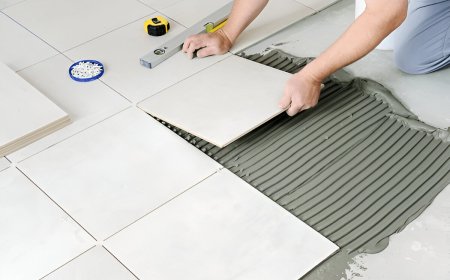What is the definition of Chinese calligraphy and what makes it unique among writing arts
Chinese calligraphy is the artistic practice of writing Chinese characters with brush and ink, emphasizing the beauty, rhythm, and structure of each stroke.

Chinese calligraphy is the artistic practice of writing Chinese characters with brush and ink, emphasizing the beauty, rhythm, and structure of each stroke. Unlike ordinary handwriting, Chinese calligraphy is considered a highly refined visual art, deeply rooted in Chinese history, philosophy, and culture.
The term "calligraphy" in Chinese is written as ?? (sh?f?), which literally means "the method or law of writing." It refers to the artistic form of writing, where every stroke, line, and character is thoughtfully composed. The uniqueness of Chinese calligraphy lies in its ability to convey not only the literal meaning of the words but also the emotional state, personality, and spirit of the calligrapher.
Unlike alphabetic systems, Chinese writing is logographiceach character represents a word or idea. These characters are made up of various strokes written in a specific order. Calligraphy turns these strokes into flowing, balanced, and expressive forms. Each style of calligraphy has its own aesthetic rules and emotional tone. The most common script styles include:
-
Seal Script (??, Zhunsh?) Ancient and decorative, often used in official seals.
-
Clerical Script (??, Lsh?) More structured and easier to read, developed in the Han dynasty.
-
Regular Script (??, K?ish?) Standardized and clear, widely used today.
-
Running Script (??, Xngsh?) Semi-cursive and flowing, ideal for artistic expression.
-
Cursive Script (??, C?osh?) Wild and fast, sometimes hard to read but full of emotion.
The tools used in Chinese calligraphy are known as the Four Treasures of the Study:
-
Brush (?): Made of animal hair and bamboo, flexible for different stroke effects.
-
Ink (?): Typically solid inksticks ground on an inkstone and mixed with water.
-
Paper (?): Often rice paper or silk, chosen for absorbency and texture.
-
Inkstone (?): A flat stone used to grind ink and control its consistency.
What makes Chinese calligraphy special is its deep connection to philosophy. Influences from Confucianism, Daoism, and Buddhism are visible in the values of harmony, discipline, and natural flow. Writing is not just a skill; its a form of meditation and personal cultivation. A well-written character is seen as a reflection of the calligraphers inner worldbalanced, calm, and focused.
In ancient China, calligraphy was a required subject for scholars and officials. It was considered one of the Four Arts (alongside painting, music, and the game of Go) that every educated person should master. Even today, it remains a respected cultural tradition and is practiced by artists and enthusiasts worldwide.
In conclusion, Chinese calligraphy is the art of beautiful writing, but it is much more than that. It combines writing, painting, culture, and self-expression into a single, elegant form. Through centuries, it has remained a timeless symbol of Chinese artistic and intellectual identity.



































